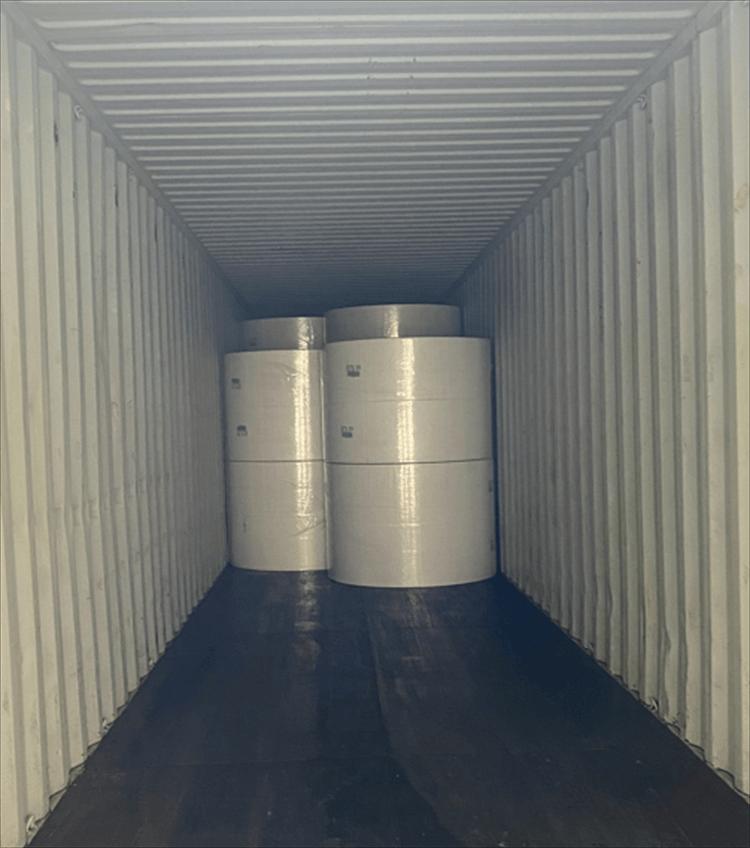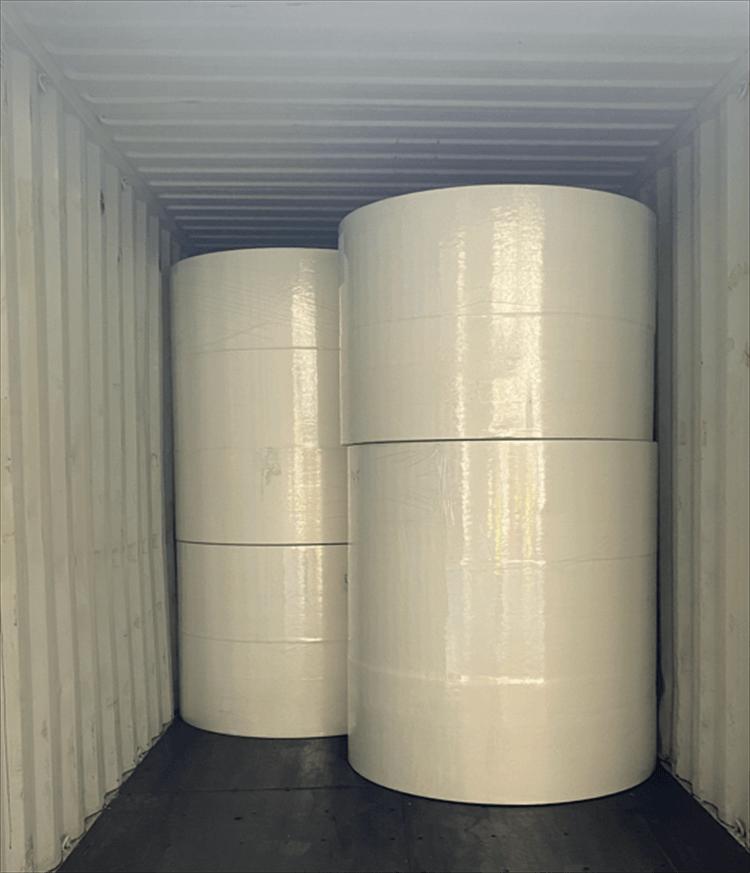Author:Baby & Adult Diaper Materials FROM:Diaper Materials Manufacturer TIME:2023-03-07
Untreated fluff pulp originated in Europe in the 1950s and is widely used in the field of household paper. This article describes the fiber types of untreated fluff pulp.
Coniferous wood is the best raw material for producing untreated wood pulp, mainly including masson pine, larch, red pine, spruce, etc. The length of softwood fibers ranges from 2.56-4.08 mm and the width ranges from 40.9-54.9 microns. The fiber structure of coniferous wood fiber is very tight, and most of the miscellaneous cells in the chemical pulp will be lost during washing, so the quality of the pulp is very good, the lignin content is between 25-35%, and the content of polypentose Between 9-12%, the fiber is more difficult to beat and not easy to absorb water and swell. It is precisely because untreated fluff pulp boards have relatively high bulk, relatively low burst resistance, easy to pile up, and good absorbency, so currently coniferous wood is mostly used to produce untreated fluff pulp.

The hardwoods used for pulping mainly include poplar, birch, eucalyptus and acacia. The length of hardwood fibers ranges from 0.7-1.7 mm and the width ranges from 20-40 microns. The fibrous tissue structure of hardwood fibers is tighter, and the content of miscellaneous cells is more, and the lignin content is generally between 20-24%, which is lower than that of coniferous wood, and the content of polypentose is 21-24%. Between 24%, the content is more, so hardwood is easy to beat, and it is also a good raw material for pulp and paper industry.
Cotton linter cellulose has higher crystallinity, greater fiber strength, and poor bonding strength between fibers, so cotton linter is a better non-wood raw material for the production of untreated fluff pulp. From the perspective of the superstructure of cotton linter fibers, the microfibers of the primary wall of cotton fibers are arranged in a network, with a loose structure and a thickness of 0.1-0.2 microns. The microstructure of the outer layer of the secondary wall is perpendicular to the microstructure of the middle layer of the secondary wall. The swelling of the middle layer of the secondary wall is thus hindered. This is conducive to the manufacture of bulky untreated fluff pulp boards.

Our country is very rich in bamboo resources, so it can be considered to use bamboo raw materials instead of coniferous wood to produce untreated wood pulp. After testing, remarkable results have been achieved. Due to its own weakness, the bamboo pulp board produced by conventional methods has low single fiber strength and high bonding strength. After solving the defects of low single fiber strength and high bonding strength of bamboo pulp, the untreated fluff pulp of bamboo raw materials can be widely used.
The global untreated fluff pulp is optimistic. It is estimated that in 2025, the global demand for untreated fluff pulp will reach 7 million tons, and China will account for 60% of the global total. Understanding the fiber types of untreated fluff pulp is conducive to the better development of this raw material.


 Email: info@whldiapernonwoven.com
Email: info@whldiapernonwoven.com
 MP/WhatsApp: +86-13599937366
MP/WhatsApp: +86-13599937366
 Manufacturer Address:Room 1105B, Bld M1, Manhattan, Yulongwan, Shimao, Shuanglong Road, Meiling Street, Jinjiang, Fujian, China
Manufacturer Address:Room 1105B, Bld M1, Manhattan, Yulongwan, Shimao, Shuanglong Road, Meiling Street, Jinjiang, Fujian, China